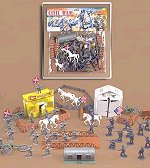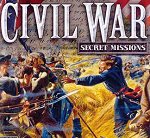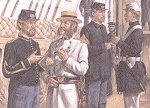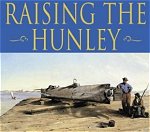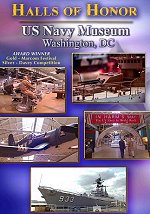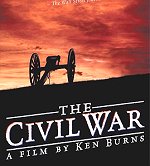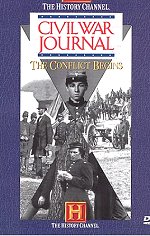USS Calhoun (1862-1864).
Previously CSS Calhoun (1861-1862).
Later U.S. Army steamer General Sedgewick (1864-1865)
USS Calhoun , an 508-ton side-wheel gunboat, was built in 1851 at New York City as the civilian steamer Calhoun . She became a Confederate privateer in May 1861 and operated successfully over the next five months, taking six prizes. The Confederate Navy took her over later in the year for service as a gunboat in the lower Mississippi River area. CSS Calhoun took part in the attack on Federal warships at the Mississippi River's Head of Passes on 12 October 1861. Three months later, on 23 January 1862, she was captured by USS Samuel Rotan off the river's Southwest Pass.
The U.S. Navy soon acquired the steamer for its own purposes, placing her in commission as USS Calhoun in March 1862. She initially served as a blockader, capturing several vessels off the Mississippi and in inland waters. Beginning in November 1862, she participated in several engagements with Confederate warships and forces ashore, helping to destroy the steamer J.A. Cotton on 14 January 1863 and the ram Queen of the West on 14 April 1863. She operated in the Mississippi Sound area from mid-1863 and in February 1864 was Rear Admiral Farragut's flagship during a series of bombardments of Fort Powell, at the western entrance of Mobile Bay.
Decommissioned in May 1864, Calhoun was turned over to the U.S. Army in early June. She served as the Army steamer General Sedgewick for the rest of the Civil War. Sold in 1865, she regained her old name and had a long subsequent career as the SS Calhoun
Artwork by Assistant Engineer John Everding, USN, circa 1862-64

This vessel, considerably modified, served as CSS Calhoun in 1861-62, USS Calhoun in 1862-64 and as the U.S. Army steamer General Sedgewick in 1864-65
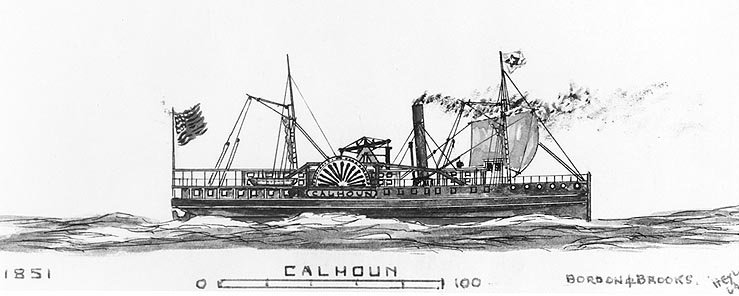

Duel on the Roanoke - The True Story of the CSS Albemarle
A 158-foot Confederate ironclad ship built in a cornfield 90 miles up North Carolina's Roanoke River, under the direction of an 18-year-old boy, and the deadly cat-and-mouse game between the two opposing captains.
Kindle Available

Wolf of the Deep: Raphael Semmes and the Notorious Confederate Raider CSS Alabama
In July 1862, the Confederate captain Raphael Semmes received orders to report to Liverpool, where he would take command of a secret new British-built steam warship.
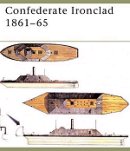
Confederate Ironclad 1861-65
Every aspect of Confederate ironclads is covered: design, construction, armor, armament, life on board, strategy, tactics, and actual combat actions.


